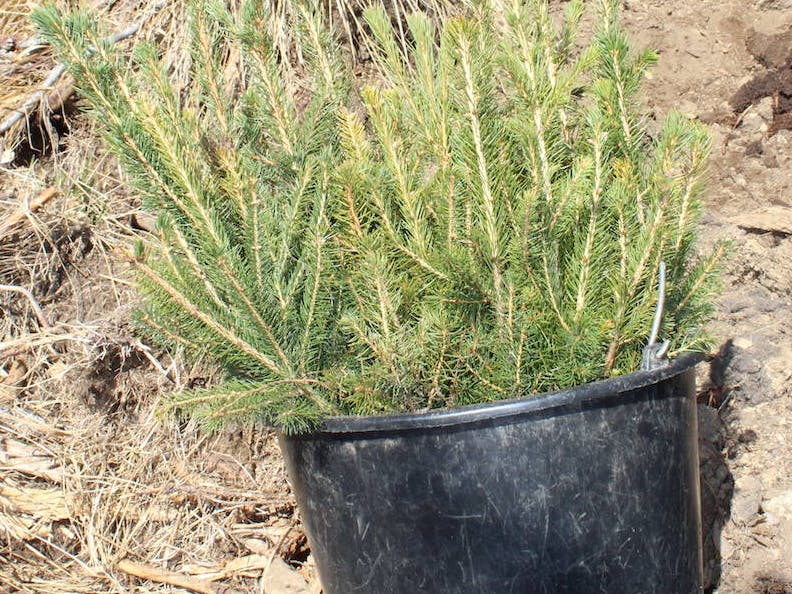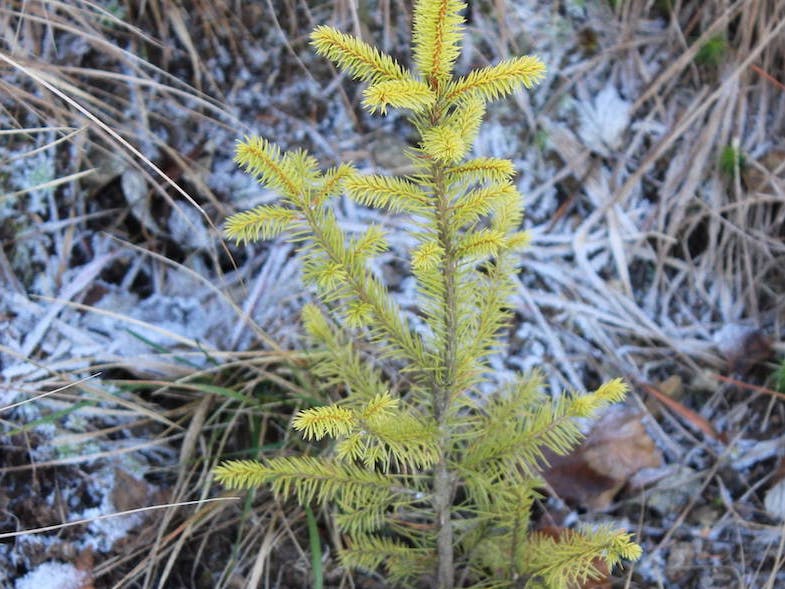- Trees planted: 295,800
- Status: Implemented
Romania's Carpathian Mountains are home to some of Europe’s last remaining truly wild forests and the largest population of bears, wolves and lynx. Sadly, this ecosystem hangs in the balance due to years of illegal logging. Our goal is to restore the barren clear cuts that threaten these forests. In partnership with Foundation Conservation Carpathia we are working to restore clear cuts in the Romania's Southern Carpathian Mountains.
Project Timeline
Autumn 2022
Planted a batch of 120,000 trees, almost doubling the project's capacity. This takes the total area size of planting to 179.7 ha / 444 acres in temperate coniferous forest and temperate mixed forests in the Southern Carpathian Mountains since November 2018.
Spring 2022
Planted a batch of 16,000 trees. Due to the high altitude of these sites, we planted predominantly Norway spruce (Picea abies).
The Ecosystem
Tree species
We plant Norway spruce (Picea abies), silver fir (Abies alba), wych elm (Ulmus glabra), rowan (Sorbus aucuparia), European ash (Fraxinus excelsior), Norway maple (Acer platanoides) and European beech (Fagus slyvatica).
Conservation species
Brown bear (Ursus arctos), Eurasian lynx (Lynx lynx), grey wolf (Canis lupus), European bison (Bison bonases) and Eurasian beaver (Castor fiber) are all present in the area.
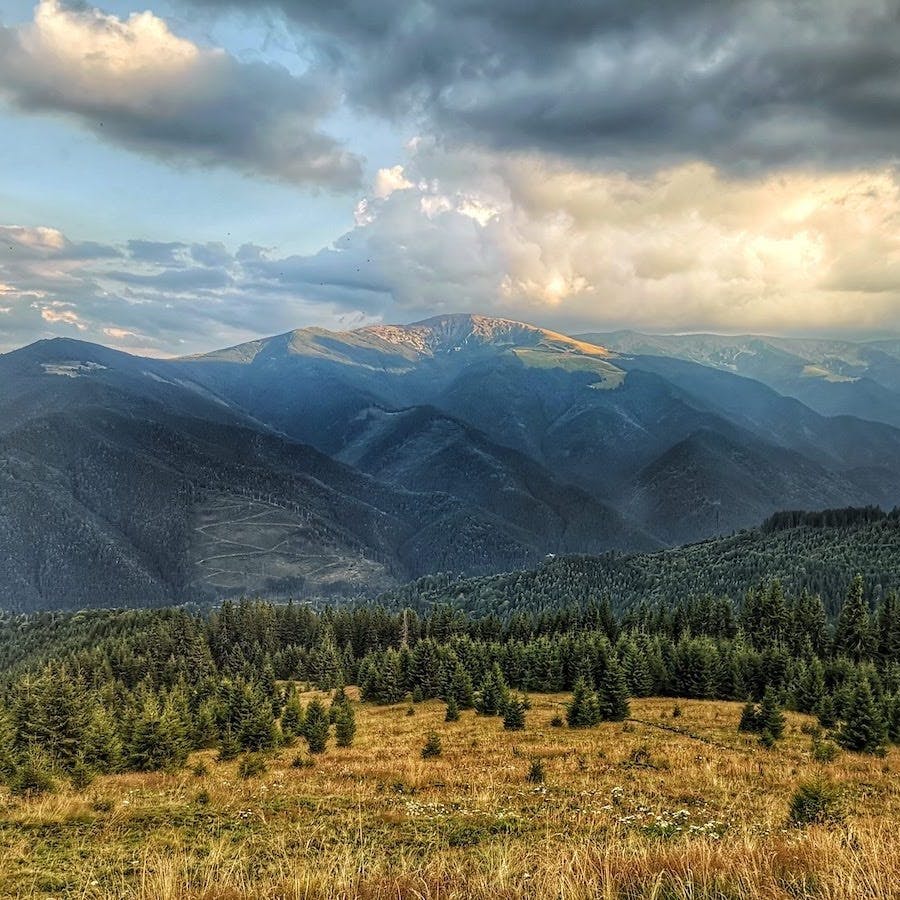
True Wilderness
Protecting Europe's wild places
The Southern Carpathian Mountains in Romania have some of the most intact ecosystems in Europe. These mountains are a treasure of biodiversity and a shared heritage that should remain for future generations to enjoy peacefully.

Ancient Forest
What makes this ecosystem special?
Old growth forests in Europe have become extremely scarce, the Carpathian Mountains represent the biggest unfragmented area of virgin forests in Europe. The Carpathians are home to the largest populations of large carnivores in Europe including bears, wolves and lynx. The area is home to an extraordinary range of endemic species as well.
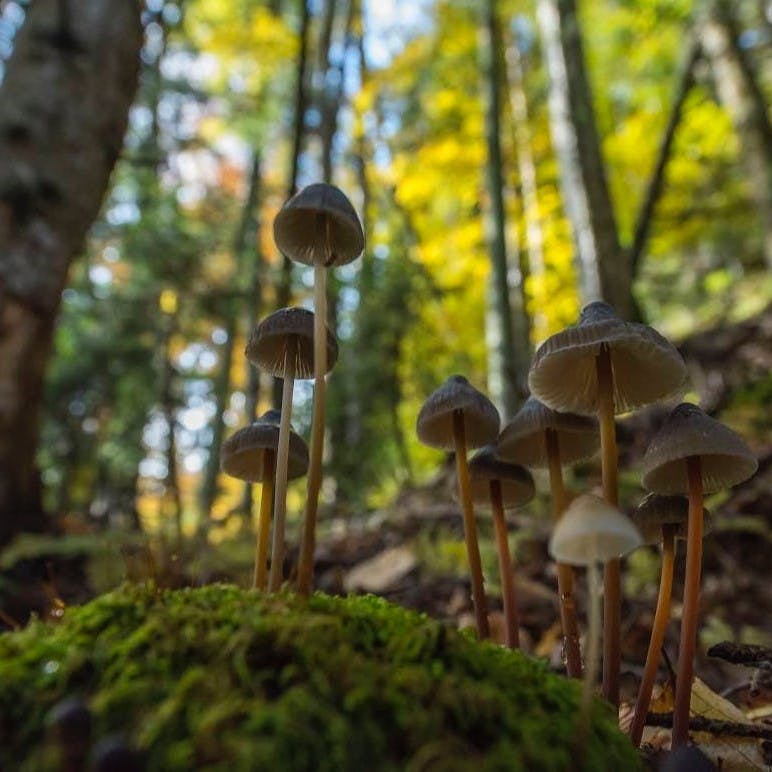
The Threats
The communist era
The communist People’s Republic of Romania formed through Soviet occupation of the country following World War II. During this era, thousands of people suffered under the dictatorship of Nicolae Ceaușescu. Romania's wilderness, in comparison, faired quite well. It was seemingly protected from the kind of exploitation experienced throughout other areas of Europe at the time and acted as a refuge for species that were declining across Europe. It is believed Ceaușescu, being a less than capable hunter, is the reason for the comparatively high number of bears in the Carpathian Mountains today. Big game hunting was extremely limited during this time, and permits were granted almost entirely to the Communist Party members. Unable to shoot many bears, his trusted aides also launched a re-population programme so that he had a better chance of killing one, alleviating them from his tempers.
Illegal logging & Clear Cuts
After the collapse of the Romanian economy in the 1980s and the fall of the Communist government, Romania's national forests were restituted to private owners. Newly privatised and communal forests have continued to be clear cut at an alarming rate ever since. At the same time, the democratization of hunting has caused dramatic declines in wildlife populations. Although there is rising awareness about the dramatic situation of some of the last old-growth forest in Europe, reforesting action needs to be taken now, as logging continues to destroy these precious areas.
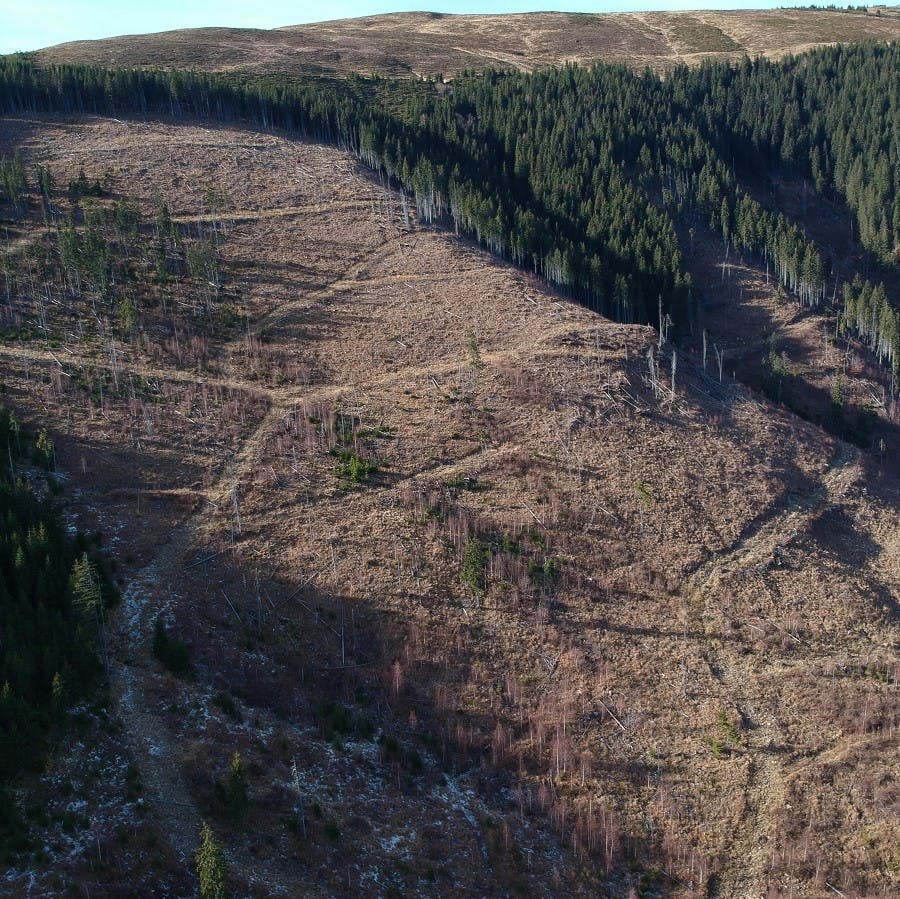

Healing Clear Cuts
The journey
the team behind the project

Matt and Duarte, Co-Founders at Mossy Earth
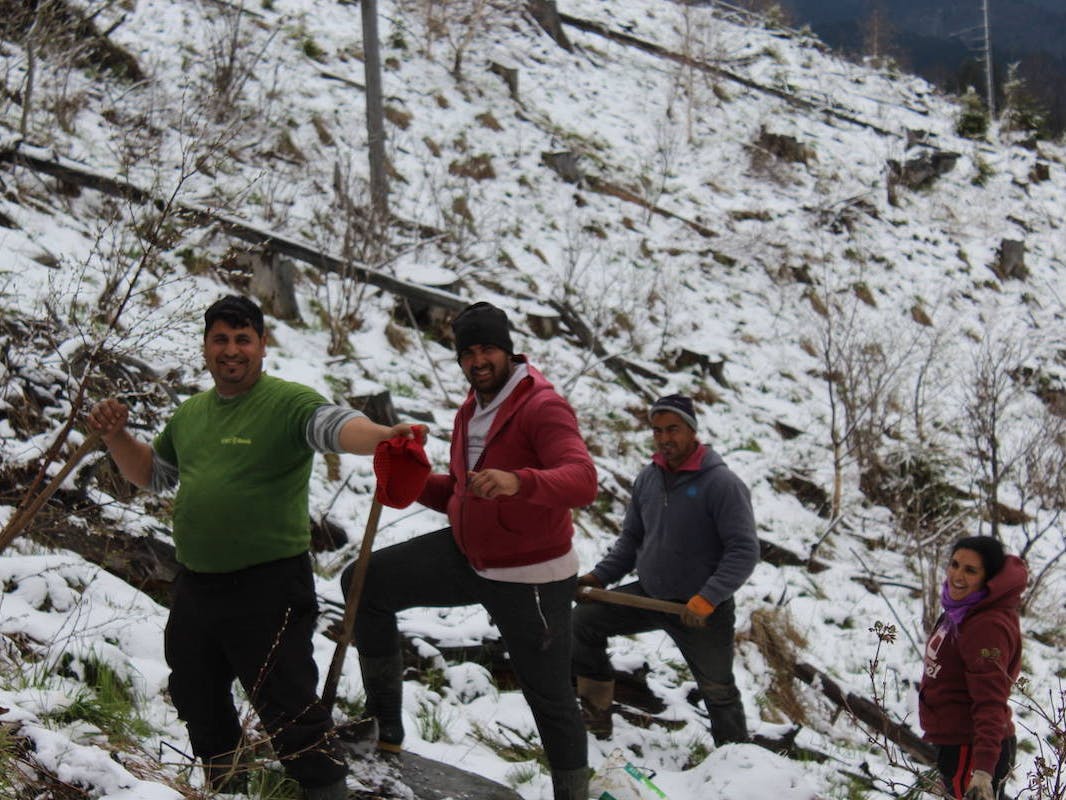
Planting Team, Local Community Members
Sources & further reading

- “This is the potential amount of CO2 captured over time based on our best estimate of 1 tonne of CO2 per 4 trees”
- “Forest restitution and protected area effectiveness in post-socialist Romania” - Science Direct
